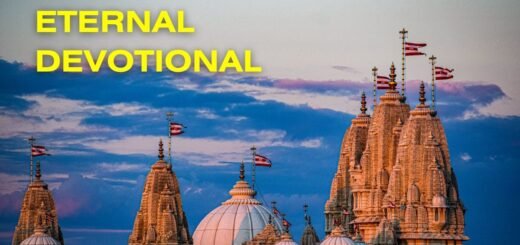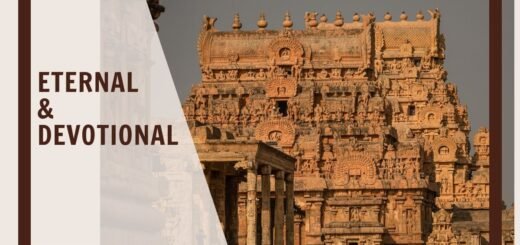2023 Dasara Maha Navami Navratri Puja Date
See below for the 2023 Dasara Maha Navami Navratri Puja Date Pooja Muhurtham Latest, Significance of Maha Navami Pooja, FAQs, and Details Here.
Maha Navami 2023 Navratri Puja Date Timings Durga Dasara: Significance, FAQs, and Details:
India, a land of diverse cultures and traditions, celebrates a myriad of festivals throughout the year. Among these, Navratri stands as one of the most revered and awaited festivals. Navratri, meaning ‘nine nights,’ is a Hindu festival that commemorates the victory of Goddess Durga over the demon Mahishasura. These nine nights are dedicated to the worship of the divine feminine in her various forms, and the ninth day is celebrated as Maha Navami, a day of great importance. See below for the details about the 2023 Dasara Maha Navami Navratri Puja Date in this blog post.
2023 Dasara Maha Navami Navratri Puja Date:
Maha Navami, also known as Navami Tithi, falls on the ninth day of the bright half of the Hindu lunar month of Ashwin (Ashwayuja). In 2023, Maha Navami is scheduled to be celebrated on October 10th. The exact timings for puja may vary based on your location and local traditions, but typically, the puja begins during the Navami Tithi and continues throughout the day.
Here are the approximate timings for Maha Navami 2023:
- Navami Tithi Begins: October 9th, 2023, at 5:50 PM
- Navami Tithi Ends: October 10th, 2023, at 5:46 PM
Devotees usually perform the Maha Navami puja during the daytime, with specific rituals and offerings to Goddess Durga.
Significance of Maha Navami:
Maha Navami holds great significance in the Navratri festival for several reasons:
- Goddess Durga’s Victory: Maha Navami marks the climax of the battle between Goddess Durga and the demon Mahishasura. On this day, Goddess Durga slays the demon, signifying the triumph of good over evil.
- Worship of Mahishasura Mardini Form: On Maha Navami, devotees primarily worship Goddess Durga in her Mahishasura Mardini form, where she is depicted as a fierce warrior riding a lion and wielding weapons. This form symbolizes the destruction of negative forces and the protection of her devotees.
- Navami Havan: A sacred fire ritual known as “Navami Havan” is performed on this day. Devotees offer various oblations into the fire while chanting mantras to seek blessings for their well-being, prosperity, and the removal of obstacles.
- Blessings for Children: Maha Navami is considered an auspicious day to perform “Aksharabhyasam,” where young children are initiated into the world of knowledge by writing their first alphabet under the guidance of a priest or elder. This is believed to invoke Goddess Saraswati’s blessings for education and wisdom.
- Cultural Celebrations: In various parts of India, Maha Navami is also associated with cultural performances, including music, dance, and drama. It is a time when communities come together to celebrate the victory of good over evil through artistic expression.
Maha Navami Puja Rituals:
The Maha Navami puja rituals vary from region to region and among different communities, but some common practices include:
- Kalash Sthapana: Devotees establish a sacred pot or Kalash filled with water, symbolizing the presence of Goddess Durga.
- Offerings: Offerings of flowers, fruits, and sweets are made to the Goddess, along with the recitation of mantras and hymns in her praise.
- Mahishasura Mardini Stotra: The Mahishasura Mardini Stotra, a sacred hymn dedicated to Goddess Durga, is chanted to invoke her blessings and seek her protection.
- Navami Havan: As mentioned earlier, the Navami Havan is a crucial part of the Maha Navami puja, where various offerings are made into the sacred fire.
- Durga Aarti: Devotees perform aarti, a ritual of waving lamps or incense before the deity, accompanied by singing devotional songs.
- Feasting: Navratri is also a time for feasting and enjoying special dishes. Devotees prepare delicious vegetarian meals as an offering to the Goddess and then share the food as Prasad.
FAQs about Maha Navami:
Let’s address some frequently asked questions about Maha Navami:
- Is Maha Navami celebrated differently in different regions of India?Yes, Maha Navami celebrations vary across India due to regional customs and traditions. While the core essence of the festival remains the same, the rituals and festivities may differ.
- Can anyone perform Maha Navami puja at home?Yes, Maha Navami puja can be performed at home by anyone who wishes to do so. It is essential to follow the correct rituals, and mantras, and offer sincere devotion to Goddess Durga.
- What is the significance of fasting during Navratri?Fasting during Navratri is a way to purify the body and mind. Many devotees observe fasts as a mark of devotion, seeking the Goddess’s blessings and practicing self-discipline.
- Why is Durga portrayed riding a lion?Durga is often depicted riding a lion because it symbolizes her courage, strength, and fearlessness in facing challenges. The lion represents her divine power.
- Are there any specific colors to wear during Maha Navami?Traditionally, red, yellow, and other vibrant colors are considered auspicious for Navratri. Many people wear different colors on each day of Navratri as a mark of devotion.
Maha Navami, celebrated on the ninth day of Navratri, holds a special place in the hearts of millions of devotees. It signifies the ultimate victory of good over evil and the power of the divine feminine. The 2023 Maha Navami falls on October 10th, and devotees across India and beyond will come together to offer their prayers and seek the blessings of Goddess Durga. Whether through elaborate rituals or simple devotion, Maha Navami is a day of spiritual significance and cultural celebration that unites people in their reverence for the goddess.
“This is the brief information about the 2023 Dasara Maha Navami Navratri Puja Date”
Click here for the 2023 Navaratri Durga Visarjan Date Timings Pooja
CLick here for the 2023 MP Metro Rail Recruitment Apply Online Today


